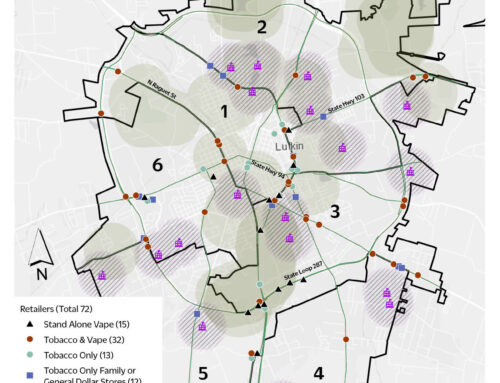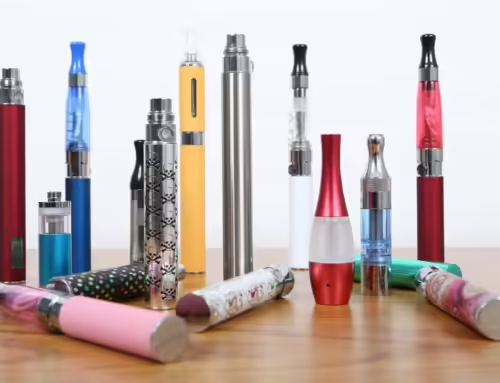The Covid-19 pandemic caused businesses across the world to think critically about their spending. While many industries saw major cuts to their budgets in 2020, interestingly, recent data from the Federal Trade Commission report reveals that advertising and promotion of cigarettes increased from $7.62 billion in 2019 to $7.84 billion in 2020. This corresponds to the first increase in annual cigarette sales in 20 years. So why, in a year when budgets are tight, are manufacturers of widely recognizable brands like Marlboro, Newport, and Camel spending even more money on advertising?
One of the simplest explanations is likely due to the fact that we know how well this advertising is working. Heavy spending on marketing and promotions buy the tobacco companies many things – brand recognition, brand preference, tobacco product cravings and unplanned purchases, fewer successful quit attempts, perceived norms of higher smoking prevalence, and increased initiation and continuation of tobacco use, especially by youth, viewed as an important age group to fuel the tobacco companies’ futures. In fact, according to the CDC, the three most heavily advertised brands—Marlboro, Newport, and Camel—continue to be the preferred brands of cigarettes smoked by young people.
Despite the economic turmoil throughout the pandemic, marketing experts point to the continued value in advertising, even for well-known brands. Unlike lesser known brands that may need to explain their story or convince consumers to try their brand, iconic brands like Coca-Cola, or popular cigarette brands, can simply use advertising to remind consumers to buy their product. This is a concept referred to as being “top of mind”. In a year as stressful as 2020, it’s no surprise Big Tobacco found success by reminding us all– smokers, nonsmokers, those attempting to quit, youth — just how easy it is to buy a pack of cigarettes.
There are effective strategies for counteracting widespread tobacco advertising and marketing. Strategies that increase the price of tobacco, like minimum price laws, coupon bans, and other non-tax approaches are some of the most effective ways to decrease tobacco use. Local ordinances that restrict advertising can also play an important role in reducing the impact of tobacco in a community. Learn more about successful policies and programs from around the country from our selection of Stories From the Field.
Read more about the latest Federal Trade Commission (FTC) Report on CounterTobacco.org.





